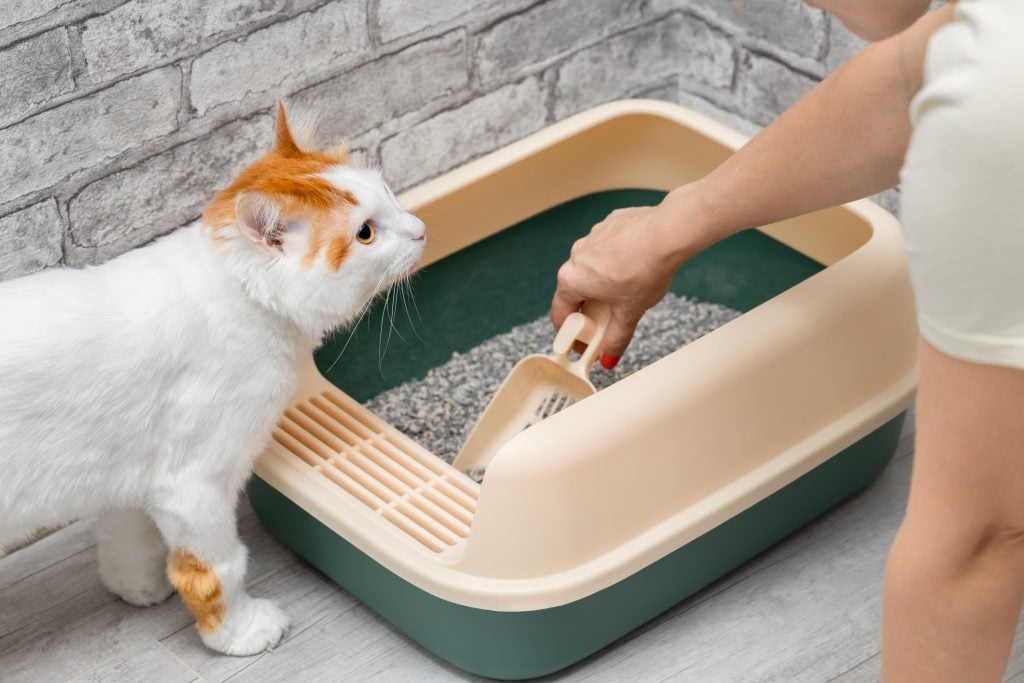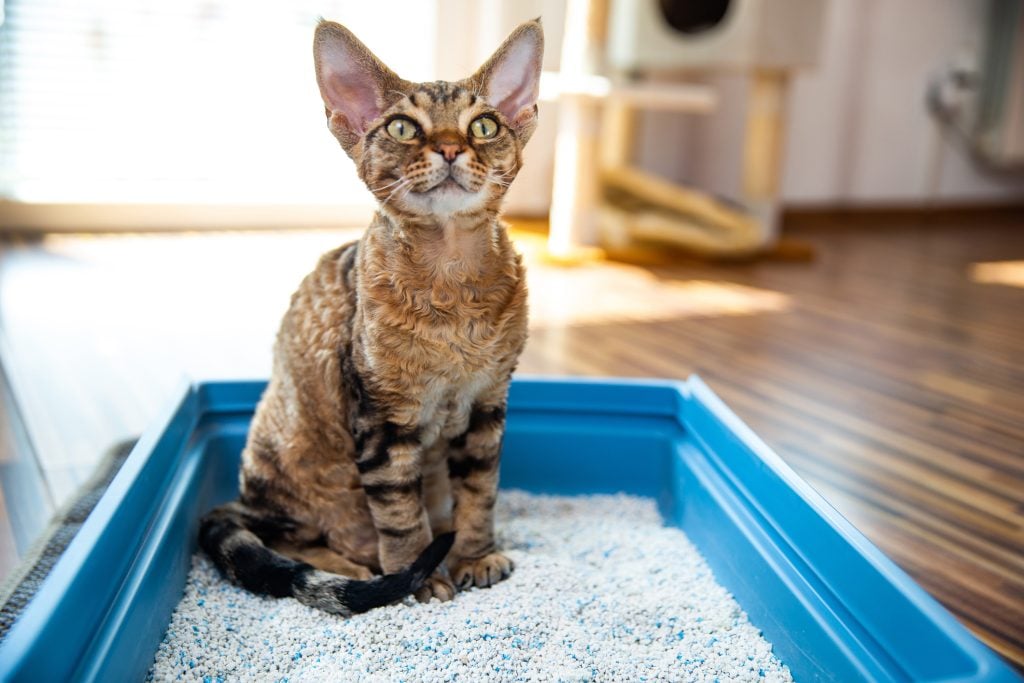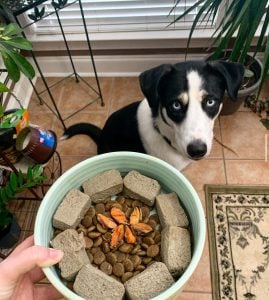The Most Important Factor: What Your Cat Prefers
When it comes to choosing the best kitty litter for cats, the most important thing to remember is that your cat gets the final say. Cats often develop strong preferences for certain textures, scents, or materials, so don’t be surprised if there’s some trial and error along the way. A litter that works well for one cat may not suit another, so keep your pet’s comfort top of mind.
Clumping vs. Non-Clumping
When searching for the best kitty litter for cats, clumping litter is a popular choice because it makes scooping easy and helps control odors. Non-clumping litter absorbs moisture but needs to be changed more often.
-
Clumping: Forms solid clumps when wet, making it easier to scoop daily and keep the box fresh.
-
Non-Clumping: Absorbs moisture but doesn’t form clumps. Often more affordable, but requires more frequent changes.
Scented vs. Unscented
Some cat parents prefer scented litter for odor control, but not every cat will agree. For sensitive pets, unscented options may be the best kitty litter for cats to encourage consistent litter box use.
-
Scented: Helps mask odors for pet parents but may bother sensitive cats.
-
Unscented: A safer bet for picky cats or those with allergies, though odor control may rely more on frequent cleaning.
Types of Cat Litter

Trying different materials may help you discover the best kitty litter for cats in your household.
Clay Litter
Clay is the most common and budget-friendly option. Available in clumping and non-clumping varieties, it’s highly absorbent but can be dusty.
Crystal Litter
Made from silica crystals, this litter is lightweight, low-dust, and offers excellent odor control. It tends to last longer between changes but is usually more expensive.
Paper Litter
Eco-friendly and gentle on paws, paper litter is made from recycled paper pellets. It’s great for kittens, cats recovering from surgery, or those with sensitive paws.
Walnut Litter
Natural and biodegradable, walnut litter controls odors well and clumps moderately. It has a darker color, which can make it harder to see waste.
Wood or Grain Litter
Made from pine, corn, or wheat, these natural litters are biodegradable and often low-dust. Some cats love the texture, while others may take time to adjust.
Choosing the Right Litter Box

Picking the right litter box is just as important as choosing the litter itself. Cats need a comfortable, accessible space where they feel safe.
-
Low Profile: Perfect for kittens, senior cats, or cats with mobility issues.
-
High Sides: Helps reduce litter scatter and is great for cats that dig or spray.
-
Covered Boxes: Contain odors and mess, though some cats may not like the enclosed feeling.
-
Automatic Boxes: A time-saver for busy households, but some cats may take time to adjust to the noise and movement.
👉 Tip: Follow the rule of thumb: number of cats + 1. For example, two cats should have three litter boxes to reduce stress and territorial issues.
Extras to Consider
The best kitty litter for cats works best when paired with the right accessories to reduce tracking and mess.
-
Litter Mat: Placed under or in front of the litter box, a litter mat helps reduce tracking and keeps the area cleaner.
-
Scoops & Deodorizers: Regular scooping and safe deodorizers can extend the freshness of the box.
-
Box Liners: Make cleanup easier, though some cats dislike the crinkly texture.
Recap: Finding the Best Kitty Litter for Cats

-
Always consider your cat’s preference first.
-
Choose between clumping vs. non-clumping and scented vs. unscented based on your cat’s comfort.
-
Explore materials like clay, crystal, paper, walnut, and wood/grain to find the right fit.
-
Don’t forget the litter box—size, shape, and style matter.
-
Use extras like mats and deodorizers to keep the area clean and odor-free.
-
Remember the “cats + 1” rule for litter boxes in multi-cat households.
FAQs
Q: What is the best kitty litter for cats who hate strong smells?
A: Unscented, natural litters (like paper or walnut) often work best.
Q: My cat won’t use the new litter—what should I do?
A: Transition slowly by mixing the new litter with the old one until your cat adjusts.
Q: How often should I clean the litter box?
A: Scoop daily and replace litter as needed. A full box clean every 1–2 weeks keeps things fresh.
Q: What’s the cleanest option for reducing odor?
A: Clumping litter or crystal litter are often the best kitty litter for cats when odor control is a priority.
Q: Do I really need more than one litter box for multiple cats?
A: Yes, following the “cats + 1” rule helps reduce stress and prevents accidents.
Final Thought
Finding the best kitty litter for cats and litter box setup may take some trial and error, but once you discover your cat’s preference, both of you will benefit from a cleaner, happier home. Visit your local Hollywood Feed store or shop online for a wide variety of litter, boxes, and accessories. For more advice on cat care, check out the Hollywood Feed Blog.








